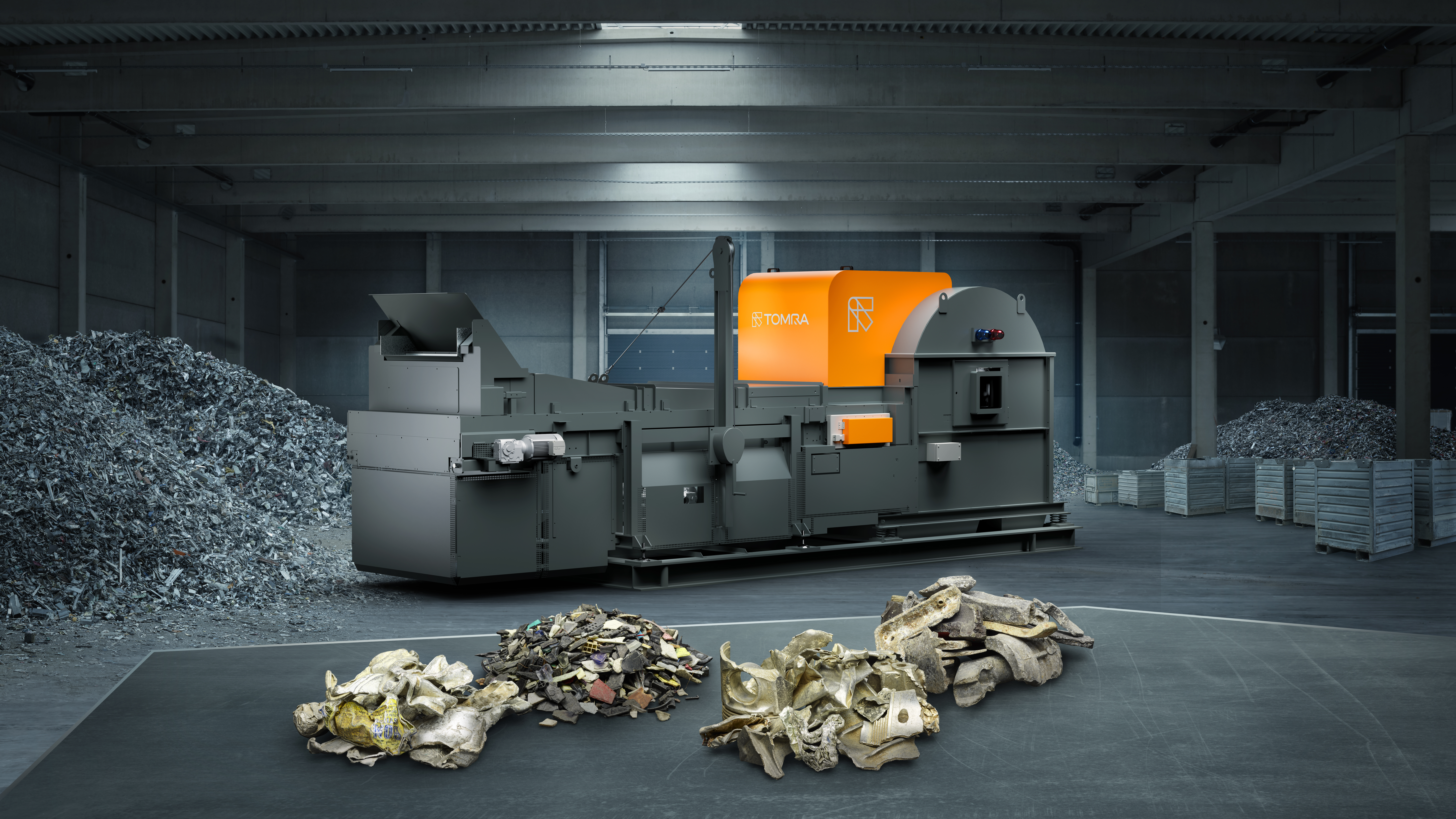Tomra’s ambition to be a leader in the resource revolution is a long-standing commitment. The company strives to improve the environmental performance of the aluminum industry through automated sensor-based sorting solutions. As a trailblazer in dual energy XRT technology with an impressive legacy in metal, mineral and diamond sorting, Tomra proves once again that its legendary performance continues to advance the production of green, recycled aluminum.
X-Tract has harnessed the power of dual energy x-ray transmission with high resolution and high sensitivity sensors for the aluminum market since 2007. As demand for aluminum continued to grow in transport and building sectors that year, the amount of aluminum produced from scrap globally had grown from 1 million metric tons in 1980 to 8 million metric tons. According to the International Aluminium Institute (IAI), refiners and re-melters also played instrumental roles in meeting demand in 2007 – they produced close to 18 million metric tons of recycled aluminum from old and traded new scrap, including ingots for casting, rolling and extrusion. Today, more than 30 million tonnes of aluminum scrap is recycled globally every year. European Aluminium projects a 40 percent increase in demand in Europe by 2050, and the potential to meet 50 percent of this demand with recycled, post-consumer aluminum.
Built for high performance separation of aluminum from heavy metals based on density detection, X-Tract features market-leading innovations for unparallel image sharpness and faster integration times. Its unrivaled performance is thanks to its built-in software intelligence and field-proven design.
X-Tract’s robust construction also includes a top-mounted x-ray source that protects it from dirt, preventing costly maintenance and extending the machine’s lifetime. Matthias Winkler, Product Manager at Tomra explains: “Our machine concept was built from the ground up with an extra focus on performance longevity. We offer a variety of sensor, valve and even x-ray power options to maximize throughput and minimize product loss.”
Depending on the application, X-Tract comes with an optional x-ray power supply up to 1000W for high throughput processing of multiple materials and grain sizes, including 5 – 40 mm aluminum fines and copper wires. The machine’s software-based Dual Processing Technology offers simultaneous object and area processing of adjacent and overlapping objects, therefore eliminating the need for additional sensors.
X-Tract delivers a unique density detection with unsurpassed sorting accuracy and throughput, largely thanks to its sensors and software being developed in-house by TOMRA. Unlike other XRT solutions that rely on third-party development, TOMRA’s data-driven technology is synchronized and engineered to process primary and secondary raw materials.
Thomas Erdmann, Technical Manager, remarks: “Our team of software developers, designers, and engineers work together to continually improve performance. Every aspect of the machine and its software is optimized for the highest sorting accuracy and purity possible.” The Tomra -developed software has enabled the X-Tract Fines unit to consistently achieve 98 – 99% purity levels in high throughput applications. “The aluminum industry is transforming, and smelters are demanding high-grade secondary aluminum. Tomra’s high precision sensors and software intelligence help scrap recyclers and processors get ahead of the curve,” adds Winkler.










